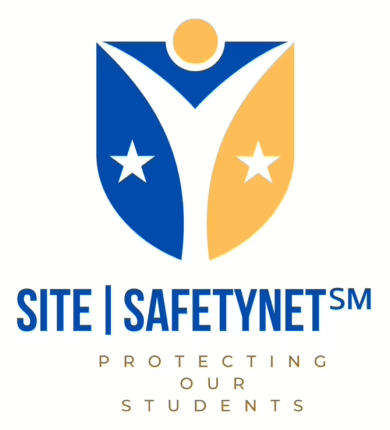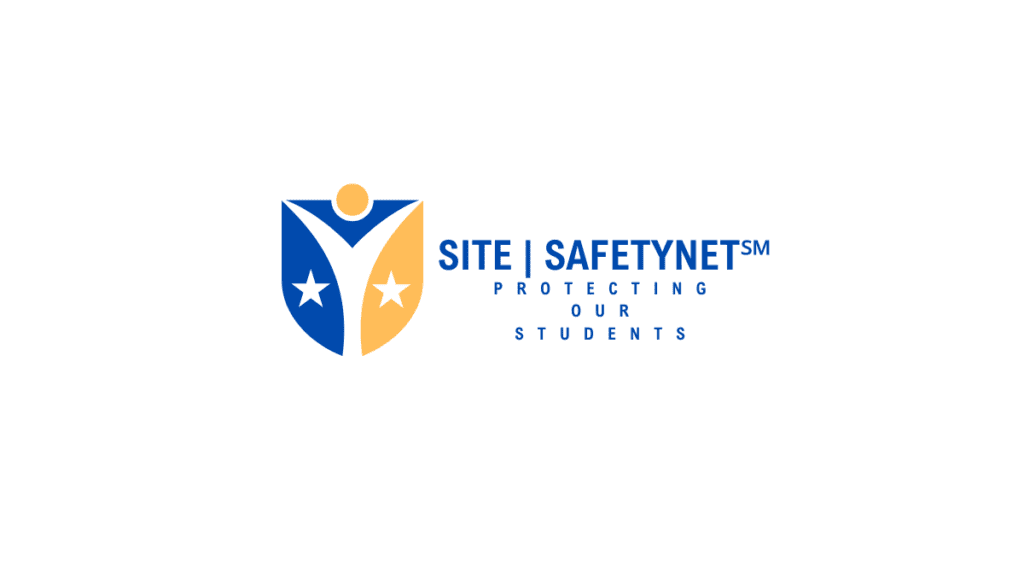 More than 30 states permit teachers to carry guns under specific conditions. Is your state one of them? At SITE| SAFETYNET℠, we are committed to providing accurate and up-to-date information on school safety policies.
More than 30 states permit teachers to carry guns under specific conditions. Is your state one of them? At SITE| SAFETYNET℠, we are committed to providing accurate and up-to-date information on school safety policies.
In the span of one week last month, Tennessee and Iowa joined the growing list of states that allow trained school staff to carry guns on public school grounds. The laws vary significantly from state to state. In many cases, individual school districts decide if they want to allow non-security staff to carry guns. Some states have restrictions on where and when guns can be concealed and required training and permitting also vary.
At SITE| SAFETYNET℠, we found that just 17 states and the District of Columbia have laws explicitly prohibiting teachers from carrying guns. However, even those laws can vary, as denoted in the list below:
- Alabama (some school administrators are allowed to have a firearm if they complete the state’s sentry program and there isn’t a school resource officer available)
- California
- Hawaii
- Illinois
- Louisiana
- Maine (also prohibits guns for non-law enforcement school security)
- Maryland
- Nebraska (also prohibits guns for non-law enforcement school security)
- New Mexico
- New York
- North Carolina (also prohibits guns for non-law enforcement school security)
- North Dakota
- Rhode Island
- Virginia
- Washington
- West Virginia (also prohibits guns for non-law enforcement school security)
- Wisconsin (also prohibits guns for non-law enforcement school security)
 While some states prohibit staff from carrying guns in schools, SITE| SAFETYNET℠ research shows that some allow members of the general public to carry if the individual has a concealed carry permit. These include Kansas, Michigan, Mississippi, New Hampshire, Oregon, Utah, and Wyoming.
While some states prohibit staff from carrying guns in schools, SITE| SAFETYNET℠ research shows that some allow members of the general public to carry if the individual has a concealed carry permit. These include Kansas, Michigan, Mississippi, New Hampshire, Oregon, Utah, and Wyoming.
So, how many states have laws permitting teachers to be armed? According to an analysis of state laws by SITE| SAFETYNET℠, more than 30 states allow teachers to carry guns under certain conditions. The majority require at least the permission of a school authority and additional training. Here’s the breakdown, with exceptions denoted.
States Where Teachers Can Carry Guns with Permission from School Authority
- Alaska
- Arizona (when used in a program approved by the school)
- Connecticut
- Delaware (need concealed carry permit)
- Georgia
- Idaho
- Indiana
- Iowa
- Kansas
- Kentucky
- Massachusetts
- Michigan
- Minnesota
- Missouri
- Montana
- Nevada
- New Jersey
- Ohio
- Oregon (need concealed carry license)
- Pennsylvania (schools can apply to allow certain security personnel to carry firearms)
- South Carolina
- Texas (if board-approved as part of a Guardian Program or if the person is a designated school marshal)
- Utah (need a concealed carry permit)
- Vermont
States Where Teachers Can Carry Guns in Certain Circumstances and/or with Permits/Required Training
- Arkansas (prohibits teachers in public schools from carrying guns but allows exemptions for private schools)
- Colorado
- Florida (as part of the School Guardian Program)
- Mississippi (only if part of the Guardian Program)
- Oklahoma (only private schools)
- South Dakota (if the person is a school sentinel)
- Tennessee
- Wyoming (need valid concealed carry permit)
States Where Teachers Can Carry Guns with No Restrictions
- New Hampshire (only students are prohibited)
 The Debate on Arming School Teachers
The Debate on Arming School Teachers
At SITE| SAFETYNET℠, we understand that proposed laws for arming teachers have historically been introduced following significant school violence events, such as the Covenant School shooting in Tennessee and the Marjory Stoneman Douglas High School shooting in Florida. Proponents argue that students and teachers are vulnerable targets if an armed intruder enters a school. They point to various studies showing that it takes five to 10 minutes for law enforcement to respond to an emergency.
The FBI reports that 69% of active shooter threat events end in five minutes or less, with 67% over before officers arrive. Schools in rural areas can take police up to 20 minutes or longer to respond to an active shooter event.
Opponents argue that arming teachers is an unfair responsibility that adds to the workload of already overburdened educators and poses a significant insurance liability. For instance, Kansas allows school staff to carry guns in the classroom when specifically authorized in writing by the superintendent or chief administrator. According to the United States Concealed Carry Association, EMC Insurance Companies, which covers most Kansas school districts, denied coverage to armed staff several years ago.
Many also believe that arming teachers will make students and staff less safe by increasing the likelihood of gun accidents in schools. According to a 2023 report from the Giffords Law Center to Prevent Gun Violence, in the last five years, there have been about 100 documented incidents of guns being mishandled, left within the reach of children, or accidentally discharged in schools. In March, Campus Safety reported that since December, there had been at least seven reports of an armed school security officer or law enforcement officer accidentally leaving their gun unattended in a school bathroom or other area on a K-12 campus.
As the debate continues, school administrators, parents, and policymakers must stay informed and carefully weigh the pros and cons. At SITE| SAFETYNET℠, we believe the safety of our children and educators is paramount and requires thoughtful and evidence-based solutions.

 More than 30 states permit teachers to carry guns under specific conditions. Is your state one of them? At
More than 30 states permit teachers to carry guns under specific conditions. Is your state one of them? At  The Debate on Arming School Teachers
The Debate on Arming School Teachers